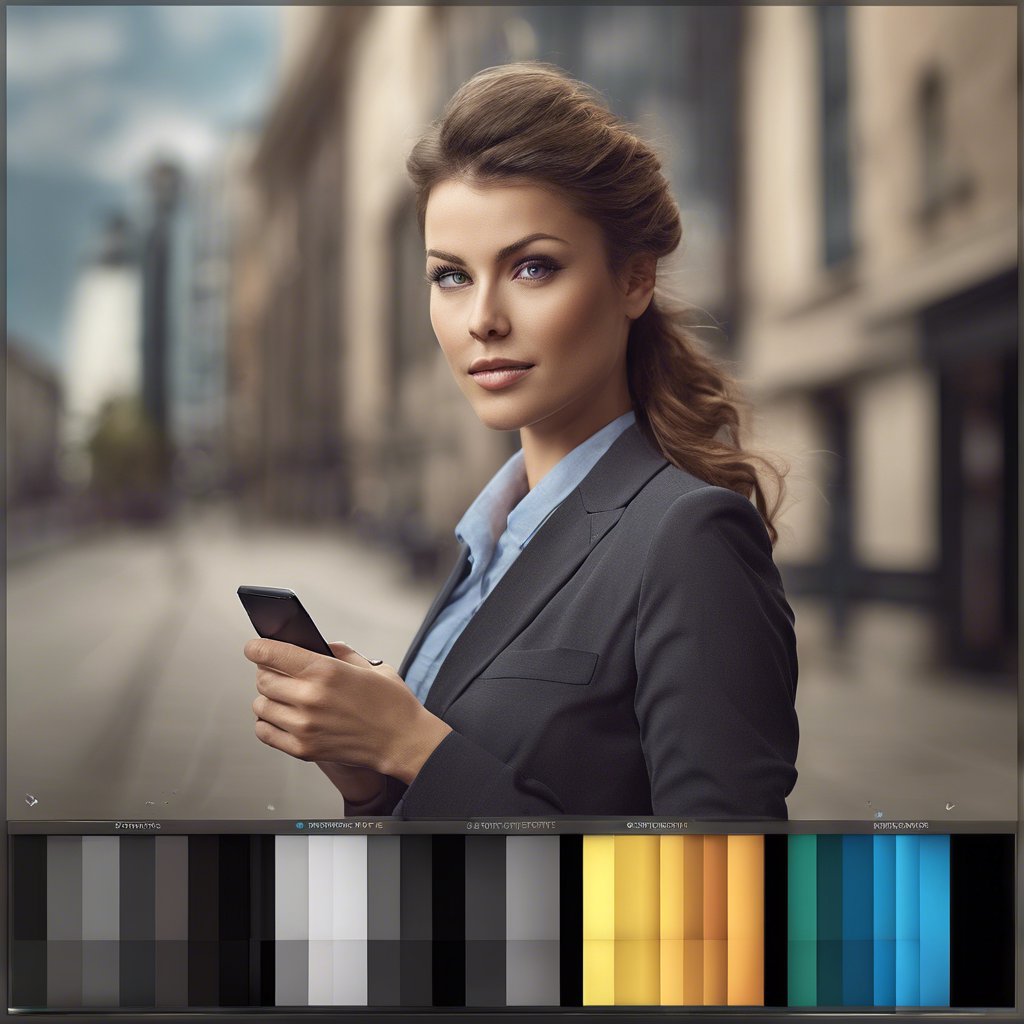Are you a photography enthusiast, a graphic designer, or someone who deals with images on a professional level? If yes, then you've probably delved into the world of color correction. Mastering color correction goes beyond the basics and can truly elevate your work to the next level. In this editorial, we'll dive into some advanced color correction tips that will transform the way you edit images.
Understanding Color Theory
Before we jump into the tips, it's crucial to have a solid understanding of color theory. Familiarize yourself with concepts like complementary colors, color harmony, and color temperature. Understanding the science behind colors will give you a strong foundation to work from.
Tip 1: Utilize Curves for Precision
While tools like brightness and contrast adjustments are helpful, using curves allows for precise control over tones and colors in an image. Mastering the curves tool can help you fine-tune highlights, shadows, and midtones to achieve the perfect balance.

Tip 2: Use Layer Masks for Selective Editing
Layer masks are a powerful tool in color correction that allows for selective editing. By using layer masks, you can target specific areas of an image for adjustments while keeping the rest untouched. This is particularly useful when you want to focus on enhancing certain details without affecting the entire image.
Tip 3: Experiment with Blending Modes
Blending modes offer a creative way to blend layers together for different effects. Experimenting with blending modes like Overlay, Soft Light, or Color can lead to unique and stunning results. Understanding how each blending mode interacts with colors will give you more creative freedom in your editing process.
Tip 4: Color Grading for Mood Enhancement
Color grading is more than just correcting colors; it's about enhancing the mood and atmosphere of an image. Experiment with different color grading techniques to evoke specific emotions or create a cohesive look across a series of images. Don't be afraid to push the boundaries and think outside the box.
Tip 5: Utilize Reference Images for Inspiration
Sometimes, the best way to learn is by observing. Use reference images from other photographers or designers to draw inspiration for your own work. Analyze how colors are used, how they interact, and how they contribute to the overall composition. This can spark new ideas and approaches to color correction.
Tip 6: Invest in a Color-Calibrated Monitor
Color accuracy is crucial when it comes to color correction. Investing in a color-calibrated monitor ensures that the colors you see on your screen are true to life. This helps avoid discrepancies when images are viewed on different devices, maintaining consistency in your work.
Conclusion
Mastering advanced color correction techniques takes time and practice, but the results are truly rewarding. By understanding color theory, utilizing tools like curves and layer masks, experimenting with blending modes, and incorporating color grading, you can take your images to new heights. Stay curious, keep exploring, and remember that there are no rules when it comes to creativity. Let your imagination guide you on your color correction journey!
So, embrace these advanced color correction tips, unleash your creativity, and watch your images come to life like never before. Happy editing!
With these advanced color correction tips, professionals can enhance their editing skills and elevate their work to new levels. By understanding color theory, utilizing precise tools, experimenting with blending modes, and embracing creativity, professionals can take their color correction abilities to advanced levels. Remember, the key to mastering color correction lies in practice, experimentation, and a keen eye for detail. Let your passion for colors shine through in your work!

Comments